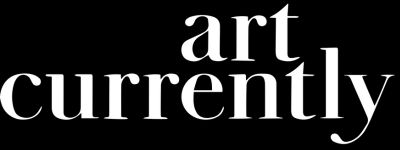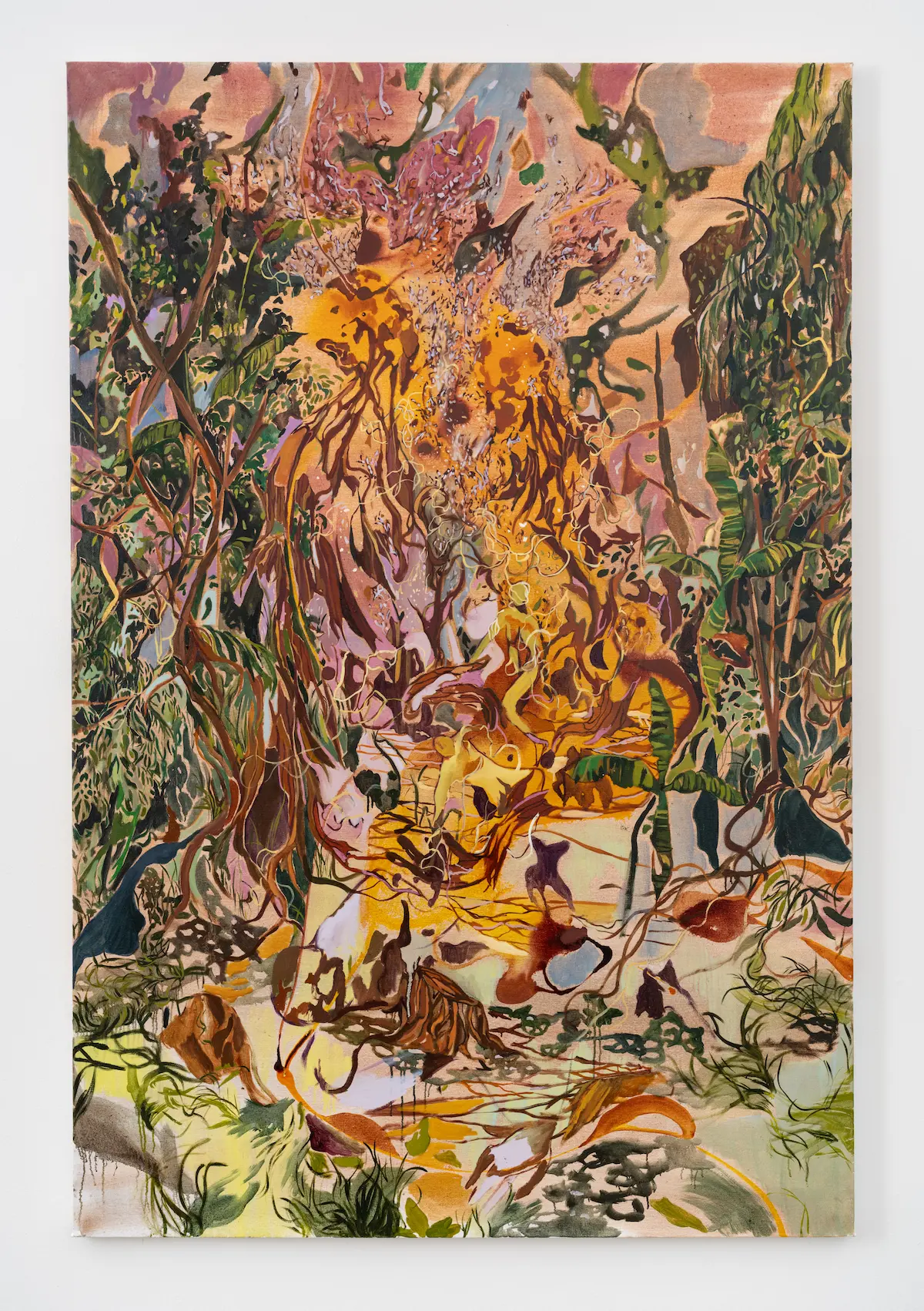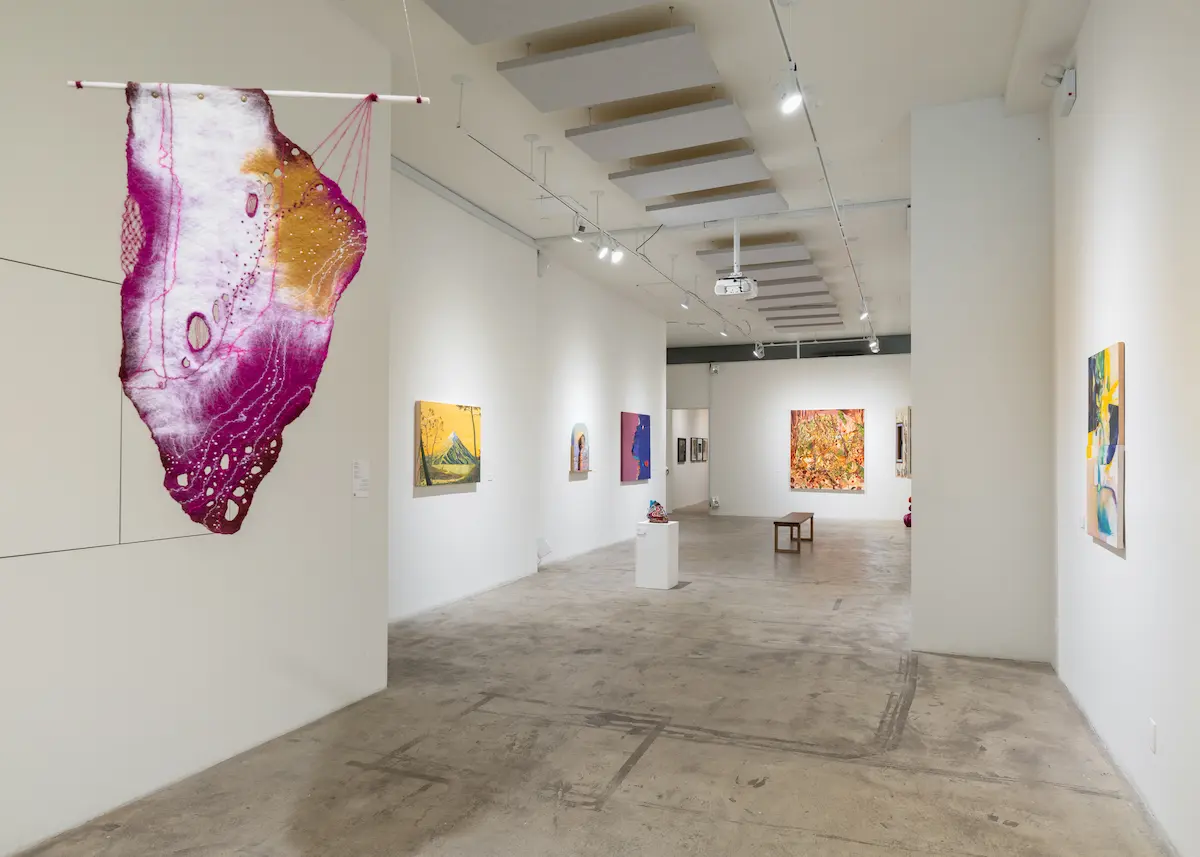Sadaf Padder Ties Together Home, Myth, and Exile at the Fridman Gallery
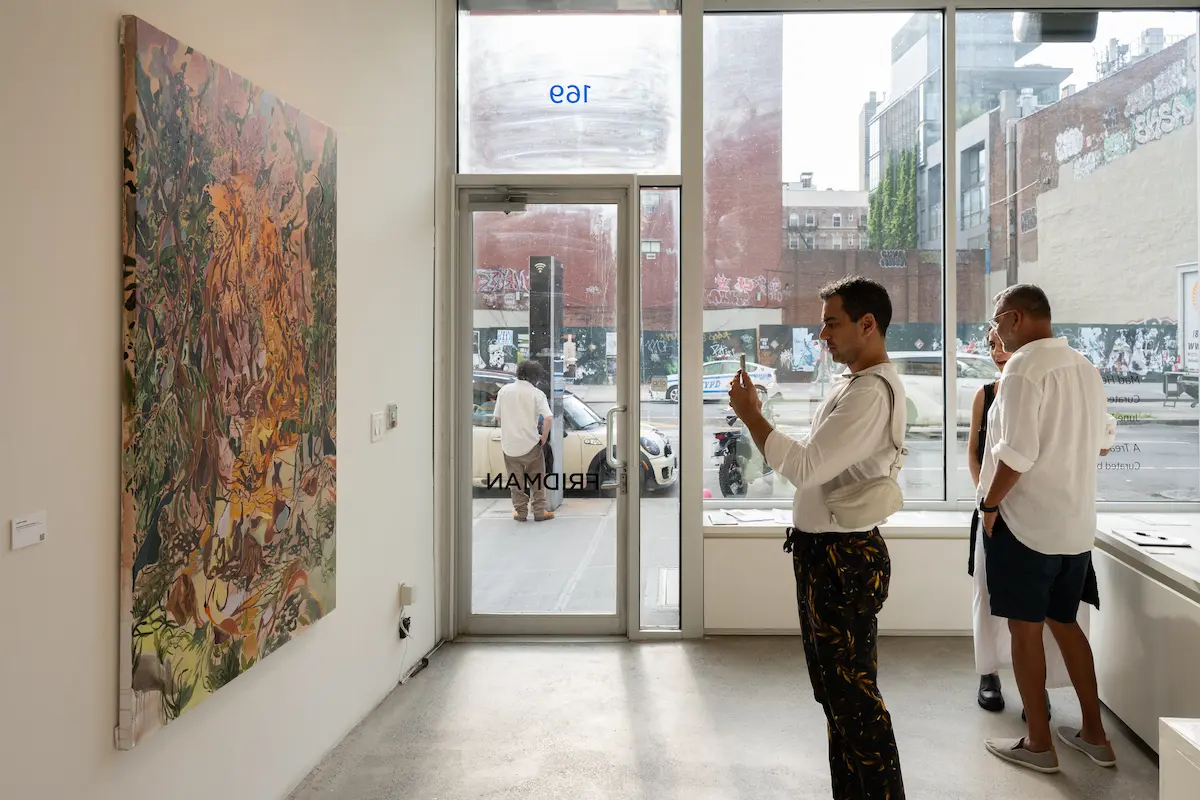
At the Fridman Gallery, curator Sadaf Padder’s group exhibition Mad Heart, Be Brave meditates on exile, myth, and memory. Drawing its title from the work of Kashmiri-American poet Agha Shahid Ali, the exhibition invokes his lifelong exploration of longing, loss, and terrain.
A central figure in contemporary American and South Asian poetry, Ali introduced the ghazal, a centuries-old Persian and Urdu poetic form, into English. Known for its formal rigor and emotional intensity, the ghazal centers themes of separation from the Beloved (usually a metaphor for the divine), mysticism, and unresolvable desire.
In his seminal work, Ali explains that the ghazal’s structure—standalone couplets linked by refrain—creates “ravishing disunity.” Each couplet must be fully autonomous, thematically and emotionally complete in itself, even if there are tonal or thematic threads across the rest of the poem—this invites the reader to hold contradictory truths or emotions together. Likewise, Padder’s curatorial vision sees home not as a fixed place but as a generative terrain shaped by displacement, reinvention, and mythmaking.
Laurena Finéus, Carrying Sodo: The Bearers' Passage, 2025, oil, ink, mica flakes, pigment, and acrylic on canvas, 72 x 48 in.
Artists like Arleene Correa Valencia, Kwesi Kwarteng, Ruth Jeyaveeran, and Alia Ali use traditional materials such as amate paper and wool to ground their explorations of identity and migration. Shuyi Cao’s futuristic sculptures, hybrids of organic and synthetic matter, invite viewers to interrogate spiritual inheritance and imagine new ecosystems amid environmental precarity.
South Asian visual languages also find reinterpretation. Sahana Ramakrishnan, Chitra Ganesh, and Arghavan Khosravi draw from miniature painting traditions, but layer their works with fantastical imagery that interrogates gender, power, and cultural inheritance. Like Ali’s couplets, these images honor a traditional form while incorporating rupture and reinvention.
Shahzia Sikandar invokes a couplet from a ghazal by 19th-century Urdu poet Mirza Ghalib, exploring the tension between freedom and constraint. Zeerak Ahmed’s sound installation reimagines matrilineal folk song traditions into a layered, looping soundscape. At its heart is the metaphor of the papeeha—the hawk-cuckoo whose cry, pee-kaha (“where is my love?”) echoes through South Asian poetry as a classic symbol of yearning.
Other artists, including Saks Afridi, Farah Mohammad, Zelmiro Rizo, Lauren Fineus, and Azadeh Nia, explore memory and terrain through reconstructed landscapes and symbolic architectures. Their dreamlike compositions reflect on imagined and inherited mythologies.
Ali’s poems often return to Kashmir, both as a site of political turmoil and as a symbol of metaphysical yearning. However, his work refuses simple narratives: he confronts violence and loss in his homeland without resolving them into clean ideological binaries. Likewise, Mad Heart, Be Brave invites viewers to stay present as myth and memory coincide with grief, joy, and possibility.
Mad Heart, Be Brave is on view at the Fridman Gallery through August 8, 2025.
Installation image by Adam Reich
